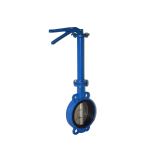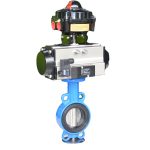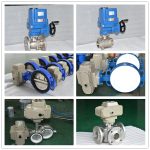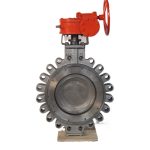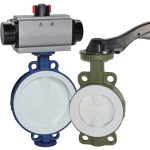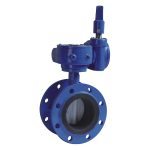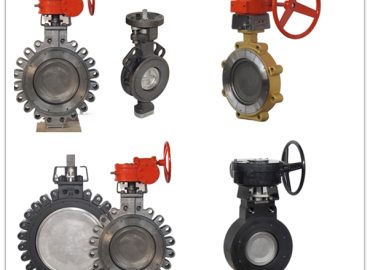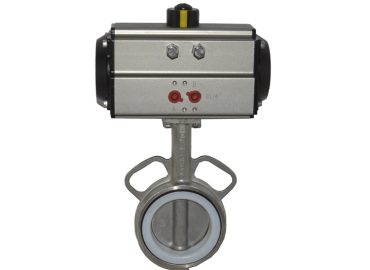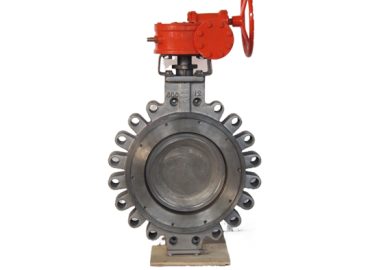Butterfly valves and gate valves are two common types of flow control devices used in various industrial and engineering applications. Both valves provide a similar function as they are both used to start, stop or regulate the flow of liquids and gases. However, there are important differences between the two that should be taken into consideration before selecting one for an application. The main differences between butterfly valves and gate valves include the way they open and close their ease of operation, the type of material needed for effective installation the amount of torque required to operate them, and the size they can fit into. Understanding these differences will help you select the best valve for your needs.
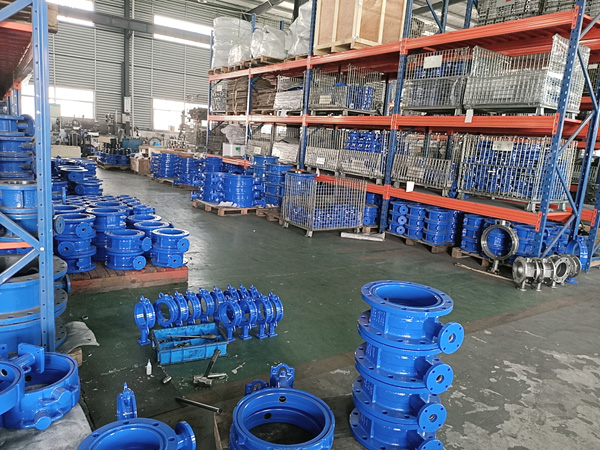
Introduction
Gate and butterfly valves are two important types of flow control devices used in industrial and engineering applications. Gate valve is a linear motion valve that opens or closes using a sliding gate to start, stop, or regulate the flow of liquids and gases.
It is typically constructed with strong metal such as stainless steel or brass and has either a rising stem or non-rising stem design. The handle on the valve turns and moves the gate up or down in line with the valve body to provide complete shutoff when closed.
Butterfly valves, meanwhile, are circular edged valves that use a rotating disc inside to open, close, and adjust the rate of liquid flow. They are usually made from lighter materials like plastic for easier installation and operation; however, they may also be manufactured from metals like aluminum or higher grade stainless steel. The disc rotates within an arc along an axle in order to modulate fluid flow rates. Understanding these differences between gate and butterfly valves will help you select the appropriate one for your needs.
Overview of Gate valve and Butterfly Valves
Gate and wafer butterfly valve are both important components of industrial and engineering applications, used to open, close, or regulate the flow of fluids such as liquids and gases. Gate valve is designed with a rising stem or non-rising stem mechanism and consists of a strong metal material, usually either stainless steel or brass. By turning the handle on the valve, the gate rises up or down in line with the valve body in order to create a tight seal when closed. Butterfly valves, on the other hand, are circular edged devices that use a disc attached to an axle for rotation.
This rotating disc allows for opening and closing operations or adjustment of flow rates. Lug Butterfly valve are typically made from plastic for easier installation and operation but can also be manufactured from metals such as aluminum or higher grade stainless steel. Being aware of these differences between gate and butterfly valves can help you make an informed decision when selecting the appropriate device for your needs.
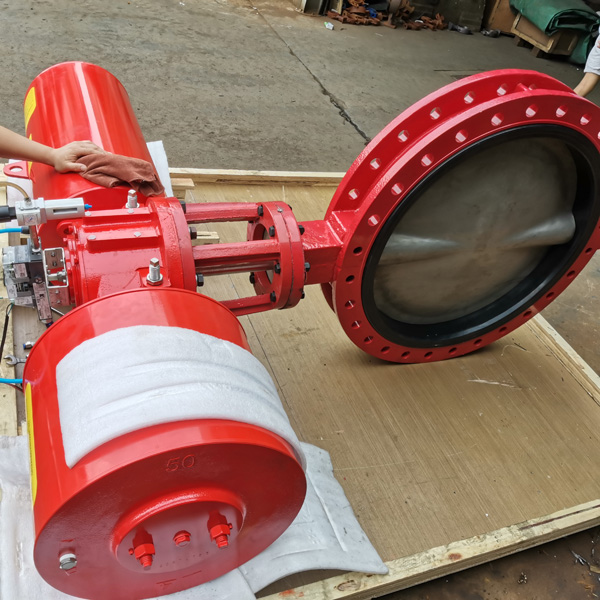
Purpose of Comparing the Different Types of Valves
Comparing gate and butterfly valves is important in order to determine which one is best suited for a particular application. While both valves control the flow of liquids and gases, Hey each have unique features and capabilities that allow them to be used in a variety of ways. Gate valves are able to provide complete shutoff when closed due to their linear motion design whereas butterfly valves can modulate fluid flow rates through their rotating discs.
Additionally, flanged butterfly valve are typically made from lightweight materials like plastic allowing them to be quickly installed or operated by anyone. For heavier duty applications, however, a gate valve may be more appropriate due to its ability to create a tighter seal when closed as well as its resistance to corrosion or wear. Therefore, it is essential you compare these two types of valves so you select the most suitable option for your needs.
Opening/Closing Mechanisms: Gate vs Butterfly
When it comes to the opening and closing mechanisms of gate and lined butterfly valve, there are some distinct differences. Gate valves use a rising stem or non-rising stem system to open and close, allowing for complete shutoff when fully closed. This is due to the linear movement of the valve that creates a tight seal between the seat and gate allowing for no leakage.
Triple offset butterfly valve instead use a rotating disc attached to an axle for their operations. By adjusting the angle of this disc, you can control how much fluid is allowed through at any given time. This makes them ideal for regulating flow rates in systems where adjustments in pressure may be necessary.
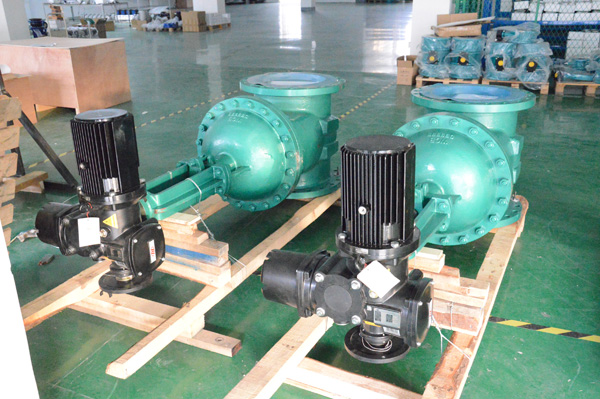
The Basic Construction of Both Types of Valves
Gate and butterfly valves are made up of different components that give them their unique characteristics. Various materials may be used to construct either valve, depending on its intended application. Both valves feature a body, bonnet and a valve stem but the design of each component can vary significantly between the two models. Generally, gate valves are heavier duty than butterfly valves due to their construction that includes flanges, packing glands and wedge discs or plates.
Butterfly valves have much simpler designs with discs being either cylindrical or conical in shape with rounded edges for smoother flow control movements. Furthermore, gate valves can also contain actuators such as pneumatic or electric motors for automatic operations whereas butterflies rely purely on manual operation through their handles or levers.
How Each Valve Opens and Closes
The way gate and butterfly valves open and close is an important factor in determining which valve should be used for a given purpose. Gate valves use a rising stem or non-rising stem system to open and close, creating a tight seal between the seat and gate that prevents leakage. In contrast, butterfly valves use a rotating disc attached to an axle to control how much fluid passes through them.
This disc can be adjusted depending on the necessary pressure level, allowing for precise flow regulation. When closing a butterfly valve, the disc rotates until it seals off the opening completely. As such, Gate valves are better suited for on/off application while butterfly valves are more effective in controlling fluid flow rates.
Operational Ease: Sliding vs Rotating Motion
When considering the ease of operation, gate and butterfly valves have different approaches. Gate valves use sliding motion to move the valve up and down between open and closed positions, similar to a door opening and closing.
Butterfly valves, on the other hand, rely on rotating motions to ensure smooth operation. Since butterfly valves operate with a rotational disc that can be adjusted for pressure control,they are often favored when precision flow regulation is required.
Furthermore, their ability to completely shut off fluid flow by simply turning the handle in one direction makes them very convenient for users. Gate valves, due to their heavy components and complex design, may require more effort and maintenance when adjusting or resetting them after being damaged or misaligned. As such, butterfly valves are often seen as being easier to operate but both are capable of completing necessary tasks depending on their application.
The Different Movements Required to Operate a Gate or Butterfly Valve
Gate and china butterfly valves both use different motions to open and close. Gate valves make use of a linear movement by closing or opening the valve along a vertical axis, which is similar to how a door opens and closes. Butterfly valves, in contrast, rely on rotating motion, with the handle turning to adjust the pressure and flow rate as needed. This rotational movement is adjusted to ensure that the disc completely seals off the opening when closed, creating an effective shut-off. Since these valves work differently, it is important to select the right one for each application depending on your needs in terms of pressure control and operational ease.
Evaluating Ease of Use for Each Valve Type
When evaluating the ease of use for a gate or butterfly valve, it is important to consider the motion needed to operate each type. Gate valves require a linear motion to move the valve up and down, while butterfly valves require a rotating motion to adjust pressure and flow rate. Generally speaking, butterfly valves are seen as being easier to use because they can be completely shut off with a simple turn of the handle. However, gate valves may be more difficult to reset or adjust if they become damaged or misaligned. It is therefore essential that you choose the right type of valve for your application depending on your needs in terms of precision and ease of operation.


